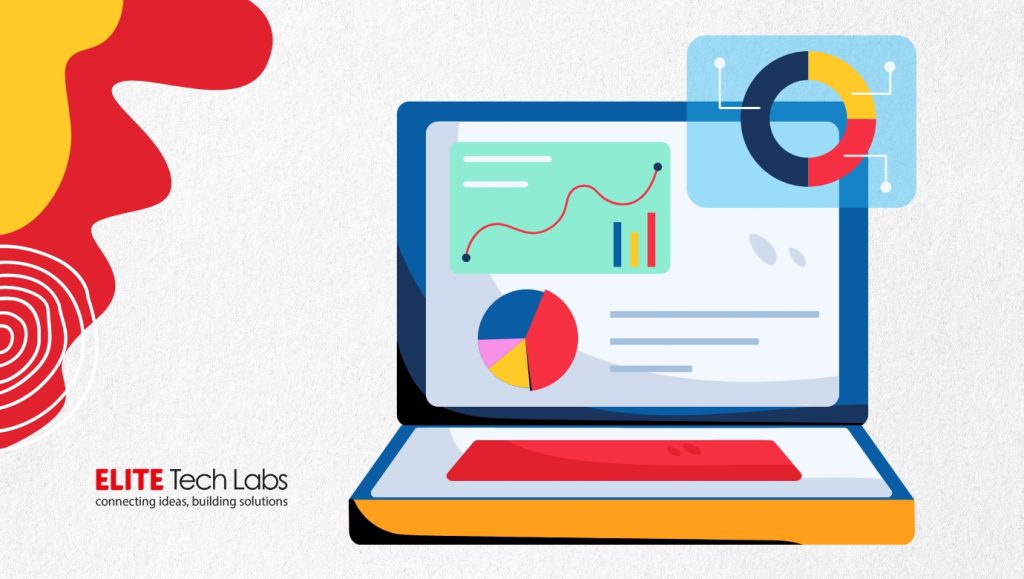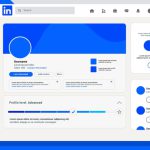
Unveiling the Power of Data Visualization: Turning Numbers into Insights
In the vast ocean of data that characterizes our digital world, numbers alone often fail to convey the full story. Raw data, no matter how extensive, can remain obscure and elusive without proper interpretation. This is where the art and science of data visualization step in, transforming raw numbers into meaningful insights. In this blog, we’ll delve into the transformative power of data visualization, exploring how it turns mere numbers into actionable knowledge.
The Essence of Data Visualization
Understanding the Impact
1. Clarity and Understanding: One of the primary benefits of data visualization is its ability to distill complex information into clear and concise visuals. Instead of poring over rows and columns of numbers, users can grasp key insights at a glance. Charts and graphs provide a visual summary of data, enabling rapid comprehension and informed decision-making.
2. Identification of Trends: Data visualization facilitates the identification of trends and patterns within datasets. Whether it’s a steady increase in sales over time or a sudden spike in website traffic, visual representations highlight trends that might otherwise go unnoticed. By visualizing data over time or across different variables, analysts can gain valuable insights into underlying patterns and correlations.
3. Communication and Collaboration: Visualizations serve as a universal language that transcends barriers of language and expertise. Whether presenting findings to stakeholders, collaborating with colleagues, or educating the public, data visualizations facilitate effective communication. Visual representations convey complex concepts in a way that is easily understandable and relatable, fostering collaboration and consensus-building.
4. Decision-Making: In the realm of business and policymaking, data-driven decisions are paramount. Data visualization provides decision-makers with the insights they need to formulate strategies, allocate resources, and evaluate performance. By presenting data in a visual format, decision-makers can weigh options, identify opportunities, and mitigate risks more effectively.The Art of Visual Storytelling
1. Choosing the Right Visuals: Selecting the appropriate visualization technique is crucial for conveying the intended message. Whether it’s a bar chart, pie graph, scatter plot, or heat map, each type of visualization has its strengths and limitations. The key is to choose the right visual representation that effectively communicates the underlying data while minimizing confusion and misinterpretation.
2.Emphasizing Key Insights: Data visualization allows creators to highlight key insights and trends within the data. By using color, size, and annotations, creators can draw attention to important findings, helping viewers focus on the most relevant information. Emphasizing key insights ensures that viewers walk away with a clear understanding of the story the data tells.
3. Engaging Design: Aesthetics play a crucial role in data visualization. Engaging design elements such as color palettes, typography, and layout enhance the visual appeal of data visualizations, capturing viewers’ attention and keeping them engaged. Well-designed visualizations not only look beautiful but also convey information more effectively, fostering deeper engagement and understanding.Real-World Applications
1. Business Analytics: In the business world, data visualization is instrumental in analyzing sales figures, market trends, and customer behavior. Business analysts use visualizations to identify opportunities for growth, optimize marketing strategies, and track key performance indicators (KPIs) in real-time.
2. Public Health: In the realm of public health, data visualization plays a critical role in tracking disease outbreaks, monitoring vaccination rates, and identifying high-risk populations. Visualizations such as maps, charts, and dashboards help public health officials make data-driven decisions to protect the health and well-being of communities.
3. Environmental Science: Environmental scientists use data visualization to analyze climate data, monitor pollution levels, and track changes in ecosystems over time. Visualizations such as satellite imagery, time series graphs, and GIS maps provide valuable insights into environmental trends and patterns, informing conservation efforts and policy decisions.Conclusion
Recent Posts

How to Use LinkedIn for Personal Branding and Professional Growth





